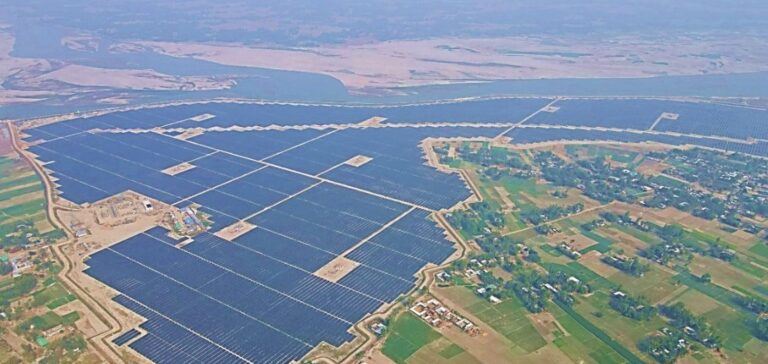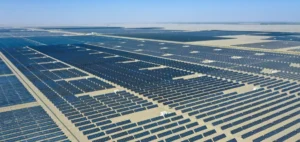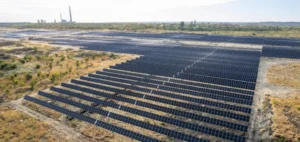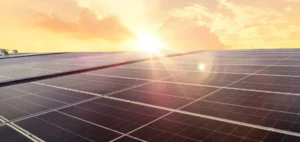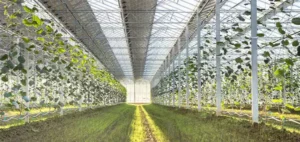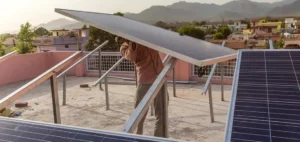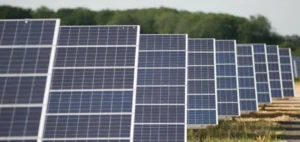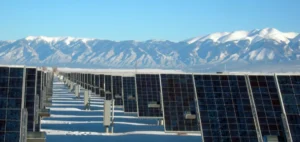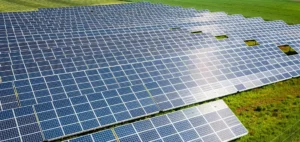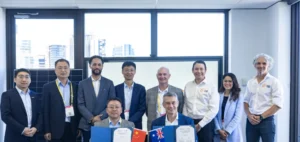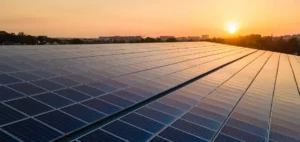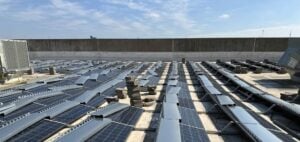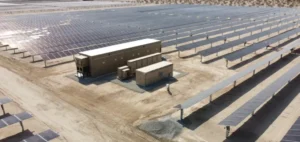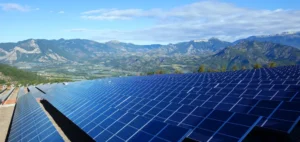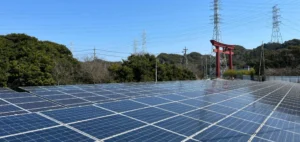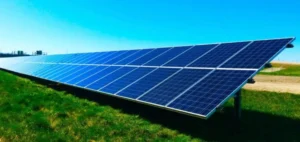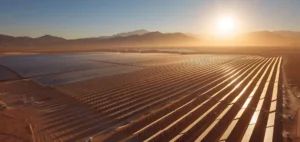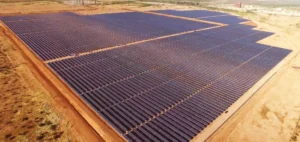The Bangladesh Power Development Board (BPDB) has announced a tender for the development of 14 solar plants with a total capacity of 2.65 GW. Each project, ranging in size from 105 MW to 250 MW, will be located near substations in the districts of Mymensingh, Chattogram, Gopalganj, Netrokona, Jashore, Dinajpur, Noakhali, Narayanganj, Kushtia, Pabna, Tangail, and Moulvibazar.
Selected developers will be granted 20-year power purchase agreements. The BPDB has set the submission deadline for proposals to 28 May. This move follows a series of recent setbacks: between December and January, forty-one solar projects with a combined capacity of 2.63 GW failed to attract market interest.
Persistent hurdles for investors
The earlier projects, each ranging from 10 MW to 100 MW, received no bids, forcing the BPDB to extend submission deadlines multiple times. Investors cited the lack of state guarantees and financing challenges. The designation of Bangladesh as the sole venue for arbitration in contracts was also identified by developers and lenders as a major deterrent.
Golam Mortuza, Director of independent power producer Cell-1, told pv magazine that some requirements were relaxed by the BPDB following investor feedback. He noted that further adjustments may still be considered.
Energy ambition under constraint
Bangladesh currently has a renewable energy generation capacity of 1,550 MW, with solar accounting for 1,256 MW. Despite the scale of the tender, project realisation remains dependent on the authorities’ ability to provide contract terms considered viable by international financial stakeholders.


